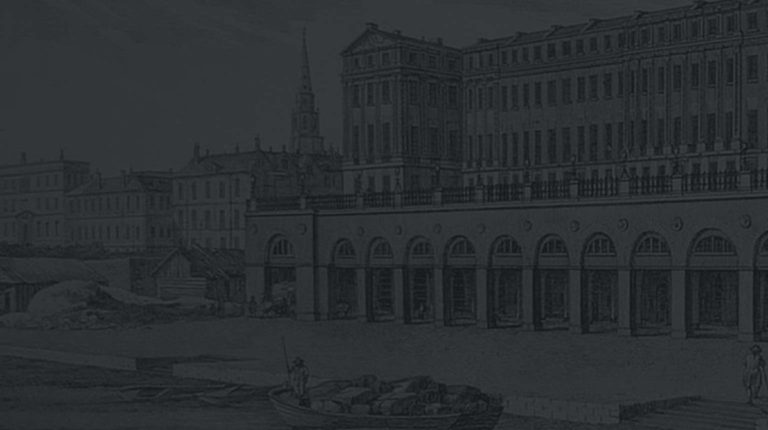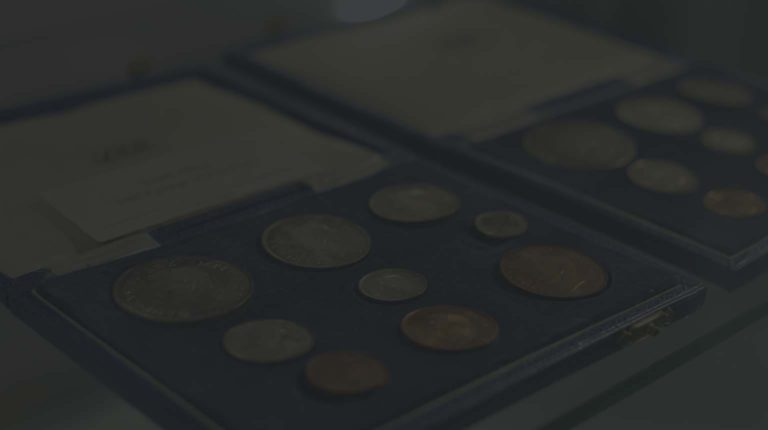It doesn’t even take a numismatist to know the distinction between the obverse and the reverse side of the coin. Generally speaking, of course, the larger of the two images is attributed to the obverse.
But to what extent do the size, magnitude and overall character of the image hold value to the collector?
Take the Larrissa Drachm below, as an example. Could one reason that there is more value placed on the portrait than the grazing horse? Why?
Ancient Greek States allotted their coinage to be synonymous with an emblem of the Gods and other mythical creatures – Athens, for example, issued their coins with a depiction of the Goddess Athena (guess why?). Keeping up the theme of imaginative associations, the city of Larissa depicted the water nymph, Larissa – the daughter of Pegasus, Larissa was a water nymph said to inhabit a water spring in the city.

The nearly extremely fine Larissa Drachm, (c. 356-342 BC), featured on ITV’s Masterpiece show (Ep. 4). £850
According to legend, she was in love with Poseidon and bore him three sons. Her depiction, as seen on the coin, was invariably with flowing, unruly hair similar in style to the Goddess Medusa. Nymphs were considered divine creatures, possessing evergreen beauty and immortality – a little, perhaps, like the coin that still bears her likeness today.
The traits of the nymph were, naturally, highly desirable – so is it these traits that make the value of the image, and hence the value of the obverse.
Reversely (sic), the image of the horse also holds significance in Greek mythology – a highly regarded animal and a symbol of the city of Larissa. Yet here is more anecdote attributed to the image of the nymph than of the horse.
So which is it? Which holds the most value? Which side holds more importance to the collector?
Is it heads or tails?
This actual coin was featured on the Alan Titichmarsh show ‘Masterpiece’, Episode 4.


